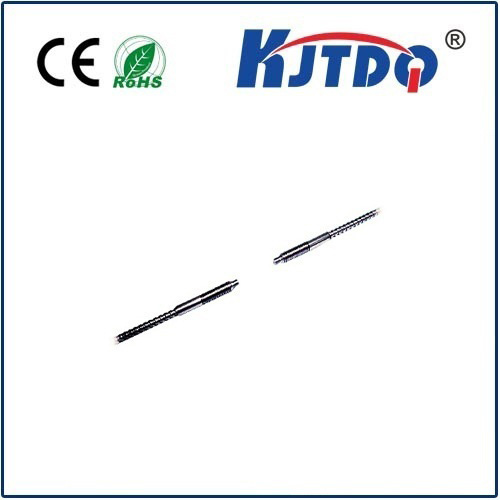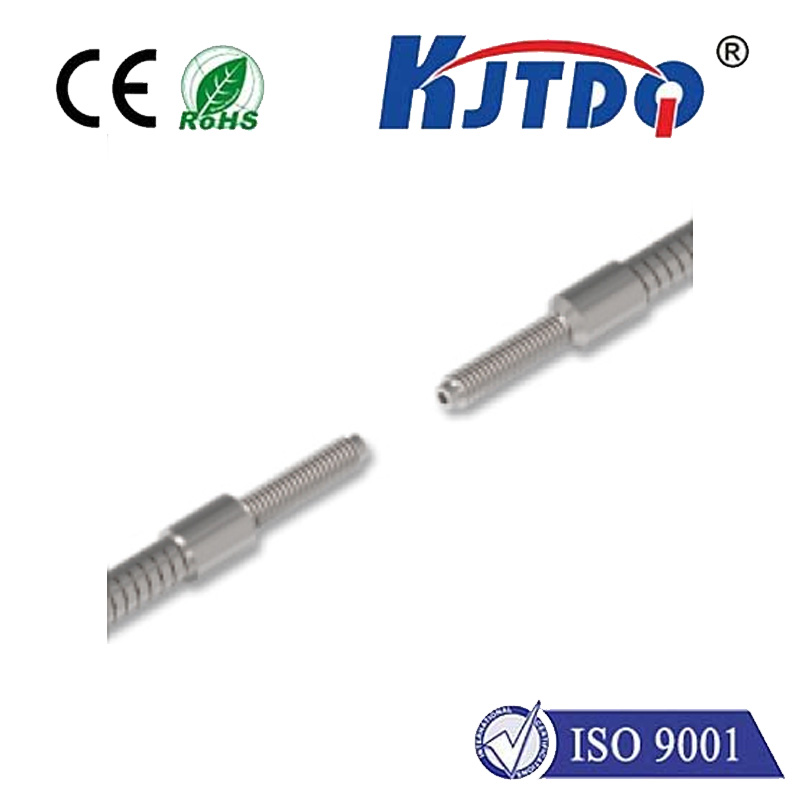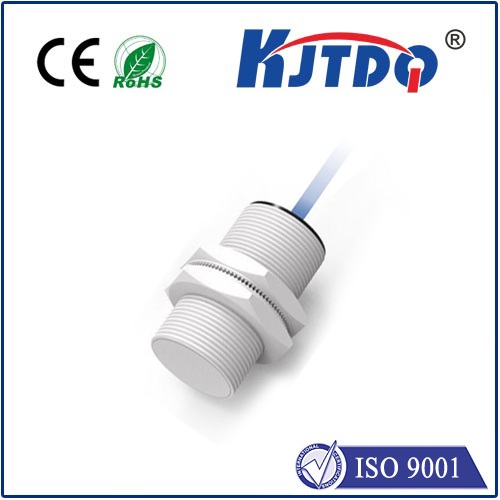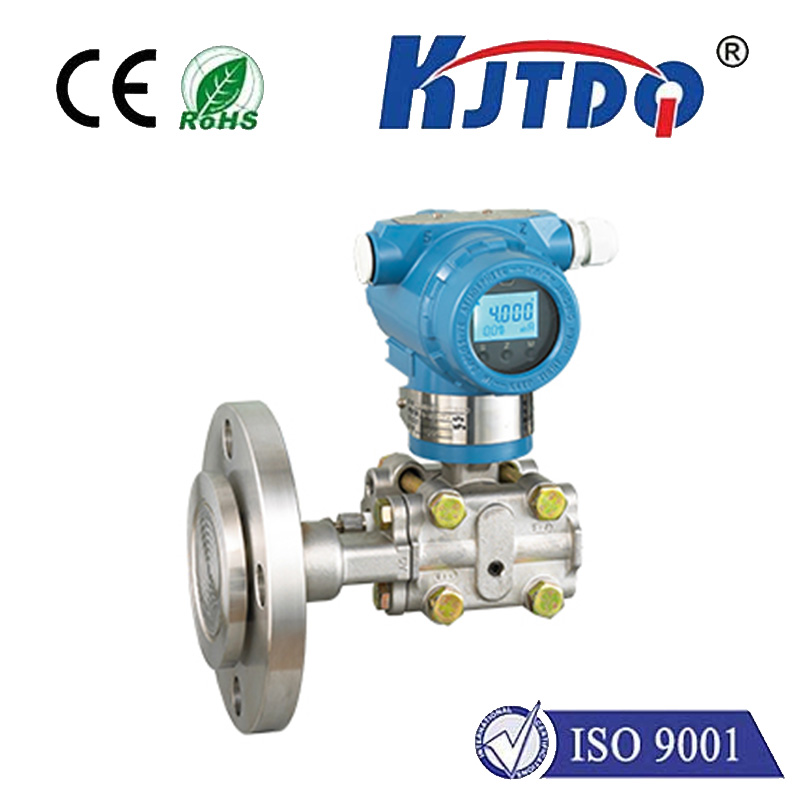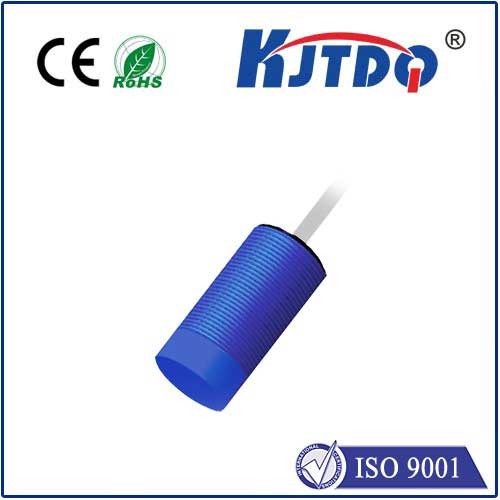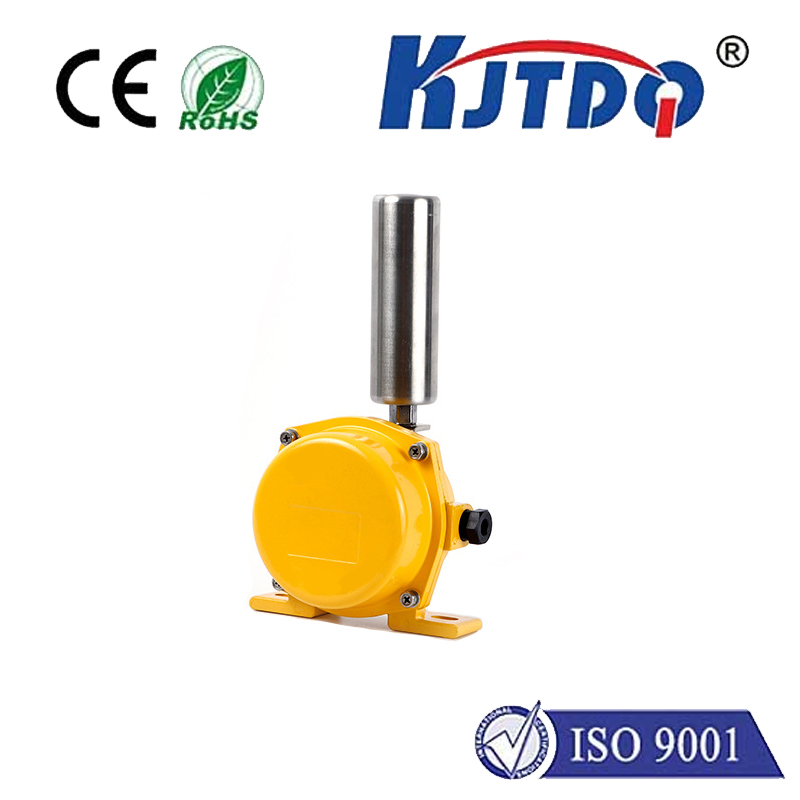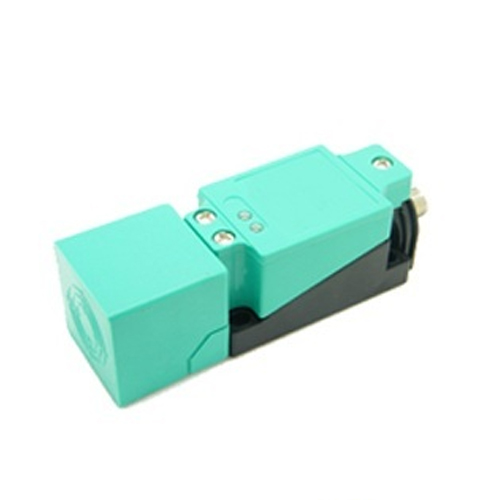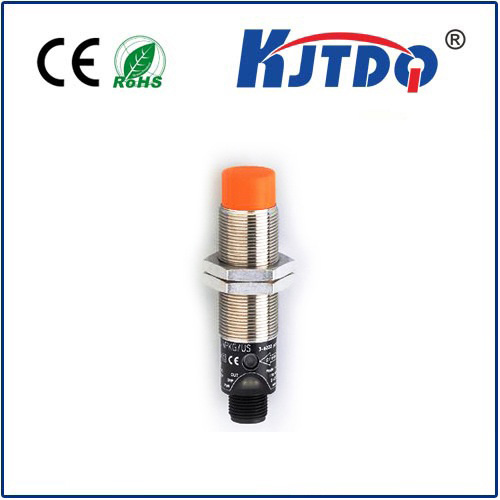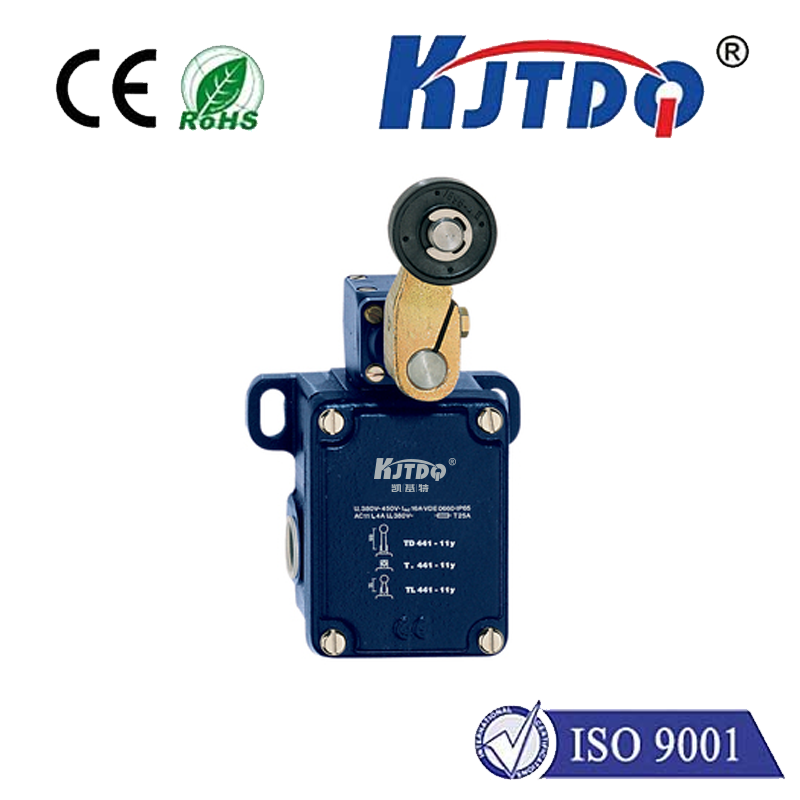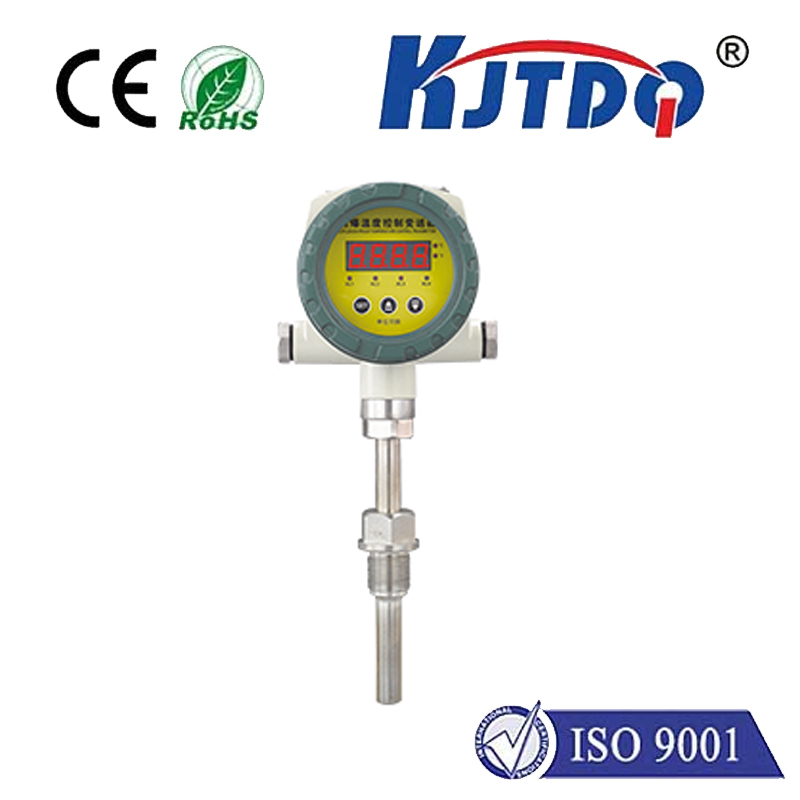

check

check

check

check

check

check

check

check

check

check
Title: The Importance of Lever Limit Switches in Industrial Automation
Introduction:
In the world of industrial automation, lever limit switches play a crucial role in ensuring the safe and efficient operation of machinery and equipment. These switches are designed to detect the presence or absence of an object, such as a machine part or conveyor belt, and send signals to control systems that trigger specific actions. In this article, we will explore the significance of lever limit switches in industrial automation and their applications.
Lever Limit Switch Basics:
A lever limit switch is a type of sensor that consists of a lever, a housing, and an actuating mechanism. The lever is connected to a mechanical or electrical device, such as a valve or motor, and is designed to move when the device reaches a certain position. This movement activates the switch inside the housing, which then sends a signal to the control system. Lever limit switches can be used for various purposes, including position detection, speed monitoring, and safety interlocking.
Applications of Lever Limit Switches:

Lever limit switches are widely used in industrial automation due to their reliability, accuracy, and flexibility. They can be found in various machines and systems, including conveyors, packaging machines, robotic arms, elevators, and cranes. Some common applications of lever limit switches include:
1. Position Detection: Lever limit switches can be used to detect the position of a machine part or component. For example, they can be used to monitor the opening and closing of doors or gates, the movement of conveyor belts, or the rotation of wheels or gears.
2. Speed Monitoring: Lever limit switches can also be used to measure the speed of a moving object or machine. They can be installed on rotating shafts or conveyor belts to detect changes in speed and send alerts if the speed exceeds or drops below a certain threshold.
3. Safety Interlocking: Lever limit switches can be used to ensure the safe operation of machinery by providing interlocking functions. For example, they can be used to prevent machines from starting until all safety guards are in place or to stop machines automatically if a hazardous condition is detected.
Advantages of Using Lever Limit Switches:
Lever limit switches offer several advantages over other types of sensors and switches used in industrial automation. Some of these benefits include:
1. Durability: Lever limit switches are designed to withstand harsh environments and heavy use. They are typically made of robust materials such as metal or plastic, making them resistant to corrosion, wear, and tear.
2. Accuracy: Lever limit switches provide precise control over machinery and equipment by detecting small changes in position or speed. This accuracy helps improve productivity and reduce waste in manufacturing processes.
3. Versatility: Lever limit switches can be customized to suit specific applications and requirements. They can be adjusted to different positions, angles, and force levels, making them suitable for a wide range of industrial automation tasks.
Conclusion:
In conclusion, lever limit switches are essential components in industrial automation systems. They provide accurate and reliable sensing capabilities for various applications, including position detection, speed monitoring, and safety interlocking. By utilizing lever limit switches, manufacturers can enhance the efficiency and safety of their operations while reducing downtime and maintenance costs. As technology continues to advance, it is likely that lever limit switches will become even more integrated into industrial automation systems, further improving their performance and capabilities.
